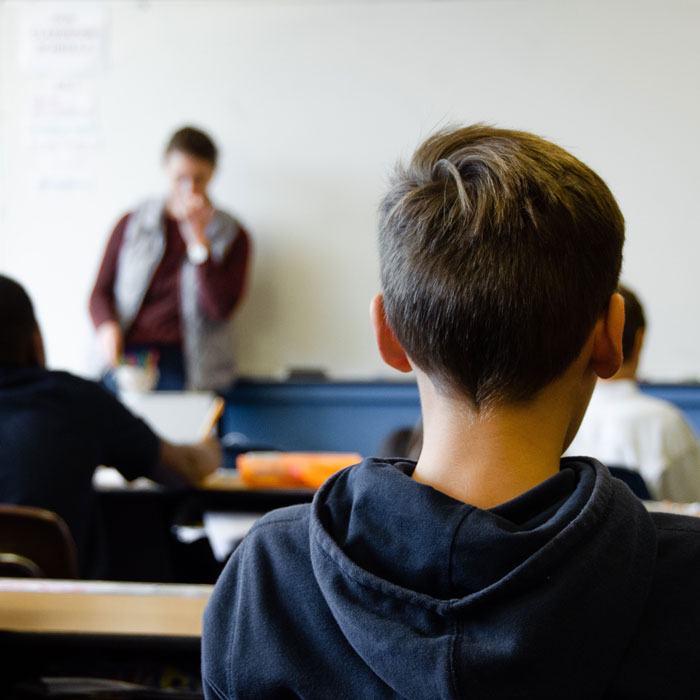
Tuffa tider för smittspridning på kontor och i klassrum
Vi går en tuff virushöst och influensavinter till mötes med ökad smittspridning på kontor och i klassrum. Lärdomar efter pandeminåren bör dras, och däri även möjligheterna att addera teknologi som ett av skyddslagren i kampen mot virus och influensa.





